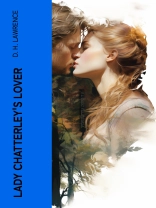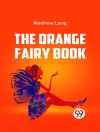This novel by D. H. Lawrence was first published in 1928 and subsequently banned. Lady Chatterley’s Lover is one of the most subversive novels in English Literature. The story concerns a young married woman, the former Constance Reid (Lady Chatterley), whose upper class husband, Sir Clifford Chatterley, described as a handsome, well-built man, has been paralysed from the waist down due to a Great War injury. In addition to Clifford’s physical limitations, his emotional neglect of Constance forces distance between the couple. Her emotional frustration leads her into an affair with the gamekeeper, Oliver Mellors. The class difference between the couple highlights a major motif of the novel which is the unfair dominance of intellectuals over the working class. The novel is about Constance’s realization that she cannot live with the mind alone; she must also be alive physically. This realization stems from a heightened sexual experience Constance has only felt with Mellors, suggesting that love can only happen with the element of the body, not the mind.
Über den Autor
David Herbert Lawrence (1885-1930) was an English writer and poet. His collected works represent, among other things, an extended reflection upon the dehumanizing effects of modernity and industrialization. Some of the issues Lawrence explores are sexuality, emotional health, vitality, spontaneity, and instinct. Lawrence is best known for his novels Sons and Lovers, The Rainbow, Women in Love and Lady Chatterley’s Lover. In these books, Lawrence explores the possibilities for life within an industrial setting. In particular Lawrence is concerned with the nature of relationships that can be had within such a setting.












